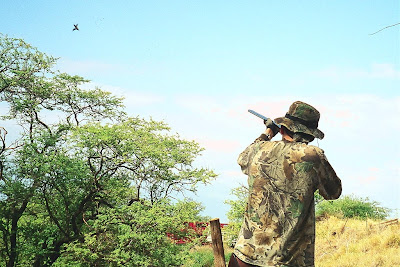Śākyamuni Buddha

Buddhism began in the fifth Century before the Common Era (B.C.E.) when Siddhārtha Gautama spent seven years in the wilderness searching for an end to human suffering. At the age of twenty nine he had abandoned his life as a Prince and left his wife and newborn child to seek a path which would lead to the end of all human suffering. He gave up considerable wealth and power to become a sanyasi and followed the ancient tradition of the renunciation of desires and attachment to actions. Young Siddhārtha visited and studied with all of the great spiritual masters of eastern India in the region that is now present day Nepal and Kashmir, sometimes traveling great lengths and suffering tremendous hardships to find them, however not one of them satisfied his great question about life, death and human suffering. He eventually traveled to the province of Magadha where, after finding no suitable teachers, resolved to answer his own questions by adopting the practice of extreme asceticism. It was in the Uruvela Forest, which lies on the banks of the Nerajara River, where Siddhārtha vowed to himself that no ascetic in the past, present or future would dedicate himself as earnestly as he would to this practice. After seven years of debilitating and intense practice he finally realized that he was no closer to finding an end to human suffering than when he had started on his journey. Dejected and tired, Siddhārtha now gave up his ascetic practices, bathed in the Nerajara River and took food from a local maiden named Sujata. At the time, five fellow ascetics had been practicing by his side, and when they witnessed his actions they abandoned him saying that he had betrayed his oath and failed in his quest for enlightenment.
Siddhārtha was now alone and he was weak and frail from the many years of ascetic practice. Yet, after his meal he felt a renewed dedication and decided to sit beneath a bodhi tree (ficus religiosa) and vowed to remain in that very spot until he had attained enlightenment. All through the day and into the night he struggled with his own desperate and confusing thoughts. Great doubts about his direction in life would surface and with each thought about some mistake or misjudgment, he would examine them and one by one he was able to systematically let them go. As he examined his thoughts he began to realize that living as an ascetic was no different to living as a Prince, they were opposite ends of the same universal nature. He began to realize that awakening could only exist in the middle way. He sat all through the night until daybreak under the bodhi tree and as he gazed out on the horizon and saw the first star at daybreak, he finally transcended his own limitations.
Siddhārtha Gautama became the Buddha. The word Buddha in Sanskrit means “one who is completely awake.” He is also known by many other names, such as; the Perfectly Enlightened One, Śākyamuni Buddha, the Sage of the Śākya Clan, the World–honored One, and the Tathagata (the Thus–come One). Following his transformative experience Siddhārtha wondered if anyone would believe in his insight as it was so simple and obvious. After a further period of internal struggle, he overcame his own doubts and went out into the world and taught his simple practice to all he met for the remaining forty five years of his life. From this humble beginning Buddhism was born.
Labels: buddhism



